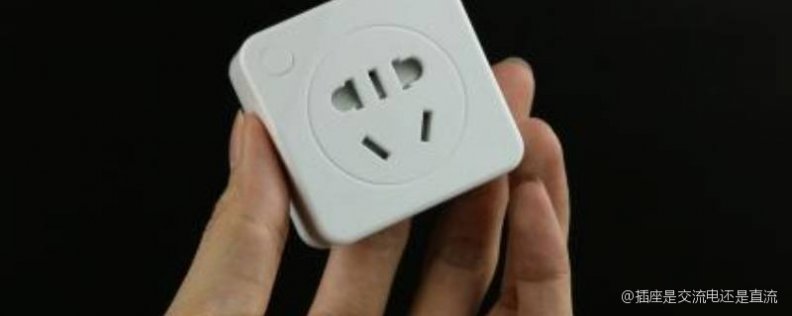插座是交流电还是直流,插座上的是直流电还是
插座是交流电还是直流,插座上的是直流电还是交流电「解析」
据和记百科网站「青栀如初」消息,近日,插座是交流电还是直流,插座上的是直流电还是交流电「解析」引发热议,插座上的是直流电还是交流电同样引起许多争议,对此众网友各抒己见。但到底是怎么回事呢?和记百科为您解答。
插座是交流电还是直流

家里连接市电电网的插座连接的是交流电,电瓶车上的插座连接的是直流电。交流电是指电流方向随时间作周期性变化的电流,在一个周期内的平均电流为零。不同于直流电,它的方向是会随着时间发生改变的,而直流电没有周期性变化。
直流电:
直流电(Direct Current,简称DC),又称“恒流电”,恒定电流是直流电的一种,是大小和方向都不变的直流电。
恒定电流是指大小(电压高低)和方向(正负极)都不随时间(相对范围内)而变化,比如干电池。脉动直流电是指方向(正负极)不变,但大小随时间变化,比如:我们把50Hz的交流电经过二极管整流后得到的就是典型脉动直流电,半波整流得到的是50Hz的脉动直流电,如果是全波或桥式整流得到的就是100Hz的脉动直流电,它们只有经过滤波(用电感或电容)以后才变成平滑直流电,当然其中仍存在脉动成分(称纹波系数),大小视滤波电路的滤波效果。
插座上的是直流电还是交流电
插座上的电能是家庭用电,通常为交流电。
交流电和直流电是常见的电力类型。交流电简称AC,指电流的方向变化,周期性地向正方向和负方向流动。而直流电简称DC,则一直在同一方向流动。房屋用电通常为交流电。
交流电的频率通常为50或60赫兹。在插座上,电压和频率的标准通常是220伏特和50赫兹,但有时也可能会有110伏特和60赫兹的选项。
交流电在传输和分配时比直流电更有效。而且,交流电的电压比直流电更容易改变。这使得交流电向消费者提供方便,因为它们可以传输到大多数地区,并能够带有三种不同的电压等级。这就是为什么家庭、学校和商店通常使用交流电,因为它们不仅提供方便,而且还更加节省资源。
【英文介绍/For English】:
The socket connected to the mains grid at home is connected to alternating current, and the socket on the battery car is connected to direct current. Alternating current refers to the current whose direction changes periodically with time, and the average current in one cycle is zero. Unlike direct current, whose direction changes over time, direct current does not change periodically.
DC:
Direct Current (DC for short), also known as "constant current", is a type of direct current that is constant in magnitude and direction.
Constant current means that the magnitude (voltage level) and direction (positive and negative poles) do not change with time (relative range), such as dry batteries. Pulsating direct current means that the direction (positive and negative) does not change, but the magnitude changes with time. For example, if we rectify the 50Hz alternating current through a diode, the typical pulsating direct current is obtained, and the half-wave rectification obtains the 50Hz pulsating direct current. The 100Hz pulsating DC current is obtained by full-wave or bridge rectification. They only become smooth DC after filtering (using inductors or capacitors). Of course, there are still pulsating components (called ripple coefficient), which depends on the filter circuit. filter effect.






